Facts about Tour De France

The Tour de France is an annual men's multiple-stage bicycle race primarily held in France, while also occasionally passing through nearby countries. It consists of 21 stages, each a day long, over the course of 23 days. This is the biggest sports event in the world gathering more than 12 million viewers and supporters. The race has been held annually since its first edition in 1903 except when it was stopped for the two World Wars.

The nickname for Tour de France is La Grande Boucle, which means the “big loop’’, and refers to the route taken around France. The first Tour de France race was in 1903, created by Henri Desgrange who was the editor at the newspaper L’Auto. It originally started out as a marketing scheme, advertising the paper around France.
The race in 2021 covers a distance of 2121 miles (3414 km), while the longest distance was covered in 1926, when the race was 3570 miles (5745 km) long.
23 teams are riding in this year's race, and it is estimated they will use around 42 000 water bottles during their race.

The average cyclist will burn between 4000-5000 calories in each stage, that totals up to 123’900 calories burnt during the entire stage, and to calculate that in food, it’s around 252 double cheeseburgers, or 495 croissants, 152 full English breakfasts or 200 bottles of champagne!
Each cyclist will make around half a million pedal strokes during their 3 week race!

The youngest cyclist to win the Tour de France was Henri Cornet on the second edition of the race in 1904. He was only 19! The same 1904 race, however, was a cause for scandal as original winner Maurice Garin (1903 winner) and the three runners up were all disqualified after allegations of competitors using trains during the race.

At the same time it was completely legal to use alcohol during races up to the 1960's. It was common for the races to have an alcoholic drink during the ride to numb the pain, however, alcohol was soon banned because it was considered as a stimulant.
And speaking of bad habits, in the 1920 contestants also shared cigarettes as it was believed to help ‘’open up’’ the lungs before steep climbs.

But teams are now using much healthier and sweeter supplies. Each team comes prepared for the tour with supplies that include 3,900 nutrition bars, 80kg of nuts, raisins, apricots and figs, 3,000 water bottles and – most importantly – 20 jars of jam!

So here’s a little background info about the world's biggest cycling race- Tour de France, but embrace yourself, because we have prepared some more amazing content!
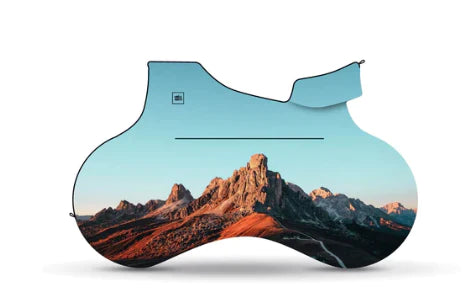
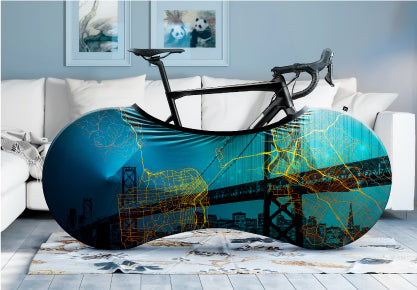
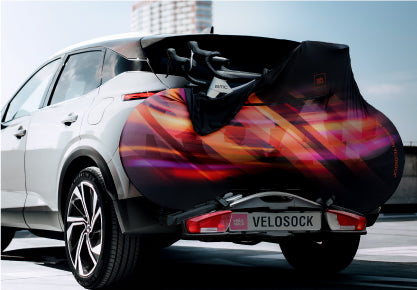
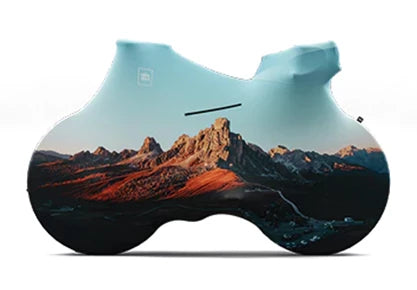
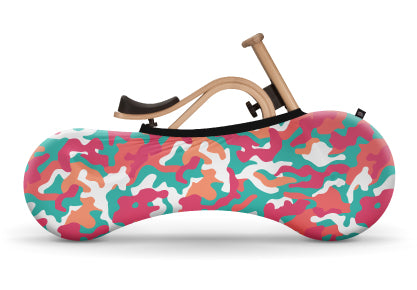
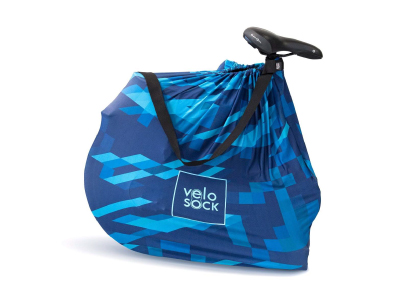


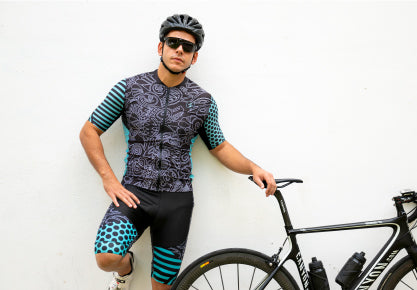
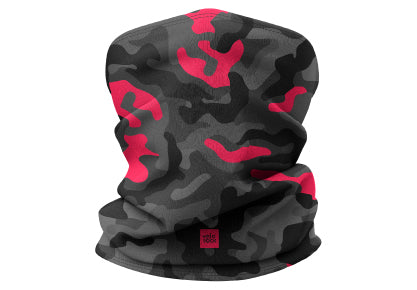


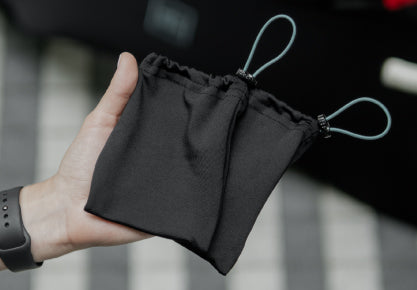
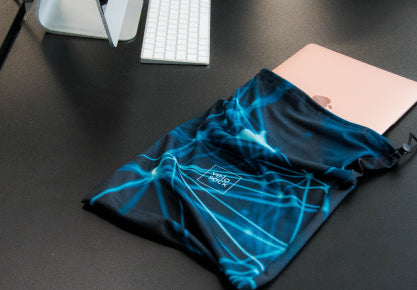
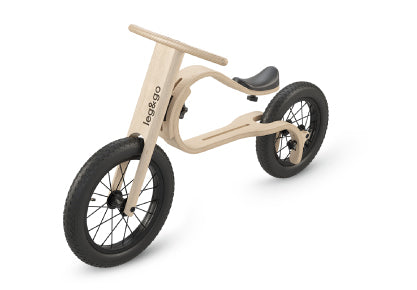
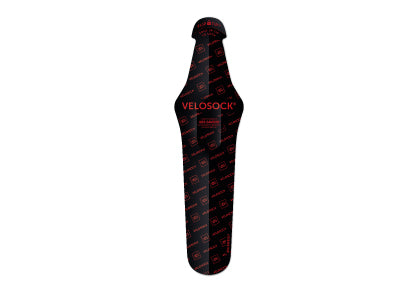
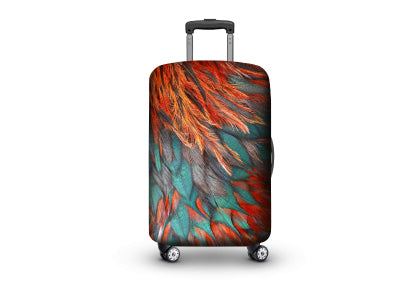















Leave a comment